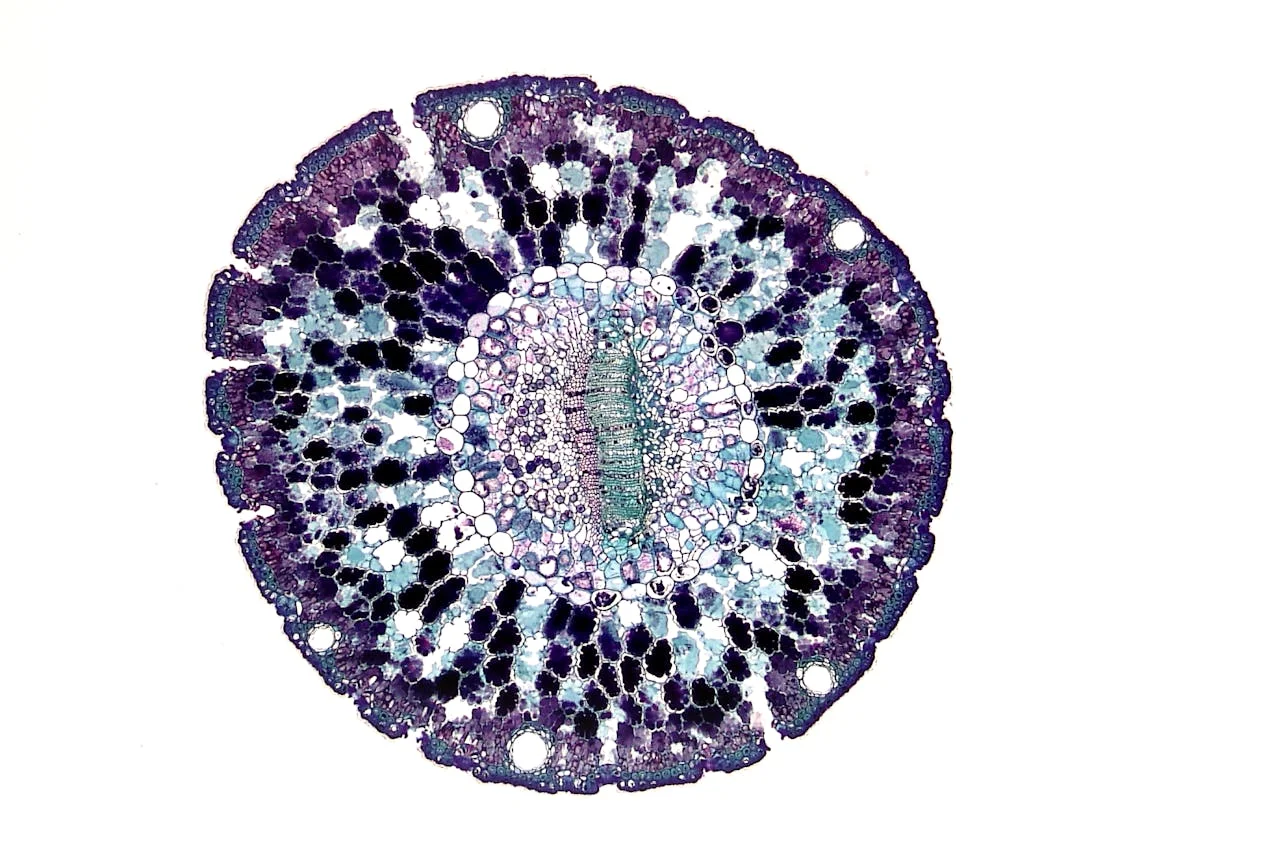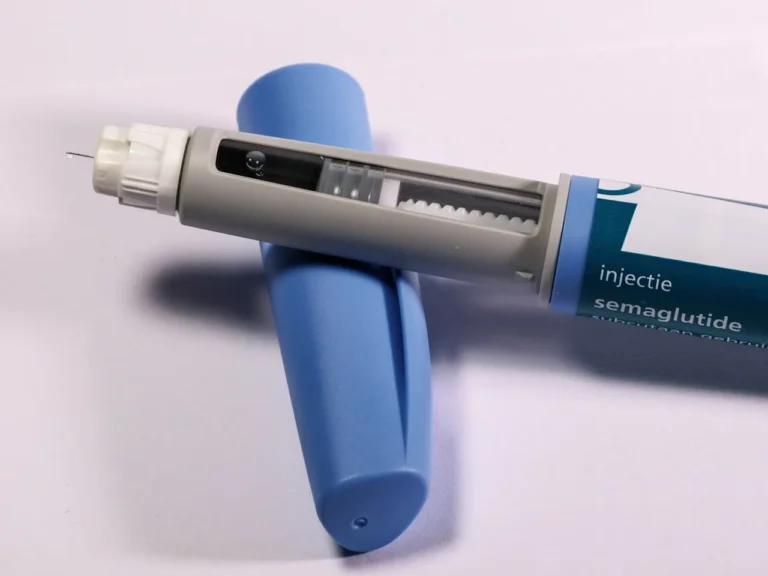
Neurocrine Biosciences, Inc. (Nasdaq: NBIX) revealed today its plans to showcase pivotal findings from the CAHtalyst™ Adult Phase 3 clinical study, shedding light on baseline characteristics of adults grappling with congenital adrenal hyperplasia (CAH). Additionally, the presentation encompassed insights gleaned from an exhaustive literature review scrutinizing the ramifications of supraphysiologic glucocorticoid (GC) dosages on psychiatric well-being and cognitive faculties among CAH patients. These revelations were shared through oral presentations and poster sessions at the American Association of Clinical Endocrinology 2024 Annual Meeting in New Orleans.
The CAHtalyst Phase 3 Adult Study’s Baseline Characteristics Dr. Oksana Hamidi, M.D., Associate Professor in the Division of Endocrinology and Metabolism at UT Southwestern Medical Center, led an oral presentation at the conference, summarizing baseline characteristics of 182 adult CAH participants enrolled in the CAHtalyst Adult Phase 3 study.
Despite receiving supraphysiologic GC dosages, baseline levels of adrenocorticotropic hormone, 17-hydroxyprogesterone, and androstenedione (A4) remained elevated. Moreover, testosterone levels in females and A4/testosterone levels in males were also heightened. Notably, prevalent comorbidities included anxiety, osteopenia, depression, hypertension, and hyperlipidemia. Nearly half of the participants were classified as overweight. A significant portion of female participants reported a history of hirsutism (47%) and acne (23%), while testicular adrenal rest tumors were identified in 66% of male participants.
Dr. Eiry W. Roberts, M.D., Chief Medical Officer at Neurocrine Biosciences, underscored the implications of these findings, noting the evident long-term consequences of prevailing CAH treatments. Despite being in their thirties, many CAHtalyst Adult study participants exhibited disorders typically associated with individuals twice their age, such as osteopenia, hypertension, and hyperlipidemia. These observations, coupled with elevated adrenal androgen and other steroid markers despite supraphysiologic GC dosages, underscored the urgency for innovative, glucocorticoid-independent approaches to mitigate adrenal androgen excess and curb supraphysiologic glucocorticoid dosages across all age groups of CAH patients.
In 2023, Neurocrine Biosciences unveiled top-line data from both the CAHtalyst Pediatric and CAHtalyst Adult Phase 3 clinical studies, assessing the efficacy, safety, and tolerability of crinecerfont in pediatric, adolescent, and adult CAH patients stemming from 21-hydroxylase deficiency. Subsequent to these findings, two New Drug Applications were submitted to the U.S. Food and Drug Administration in April 2024.
Literature Review: Psychological and Cognitive Impact of Supraphysiologic Glucocorticoids Neurocrine Biosciences also delved into the outcomes of an extensive literature review spanning from 1996 to 2023, delving into the utilization of supraphysiologic doses of hydrocortisone and their ramifications on psychiatric well-being and cognitive function among CAH patients (Poster# 05). The review highlighted mood and psychotic disorders as the most recurrent psychiatric manifestations. Notably, alterations in brain morphology, particularly white matter microstructure abnormalities, were discerned, suggesting an augmented risk of cognitive impairment with the administration of supraphysiologic GC dosages in these individuals.
Dr. Amy Wisniewski, M.D., Research Professor of Psychology at Oklahoma State University, emphasized that the severity of psychiatric and cognitive symptoms correlates with the dosage of glucocorticoids administered, necessitating heightened vigilance among healthcare practitioners to monitor CAH patients receiving supraphysiologic GC dosages for signs of psychiatric and cognitive manifestations. She underscored the imperative for further research to elucidate the multifaceted factors contributing to cognitive impairment among CAH patients, including prolonged exposure to adrenal androgen excess and glucocorticoid-induced deterioration of brain regions.
Neurocrine Biosciences’ abstracts showcased at the meeting comprised:
- Baseline Characteristics of Adults with Classic Congenital Adrenal Hyperplasia Enrolled in CAHtalyst, a Phase 3 Study of Crinecerfont, a Corticotropin-Releasing Factor Type 1 Receptor Antagonist, Oral Presentation—Dr. Oksana Hamidi, May 10; 11:00-11:15 a.m.
- The Psychological and Cognitive Impact of Supraphysiological Glucocorticoids in Patients with Congenital Adrenal Hyperplasia: A Comprehensive Review, May 11; 7:30–7:45 a.m. (Poster #05)
- Glucocorticoid Treatment Patterns in Pediatric and Adult Patients with Classic Congenital Adrenal Hyperplasia”




